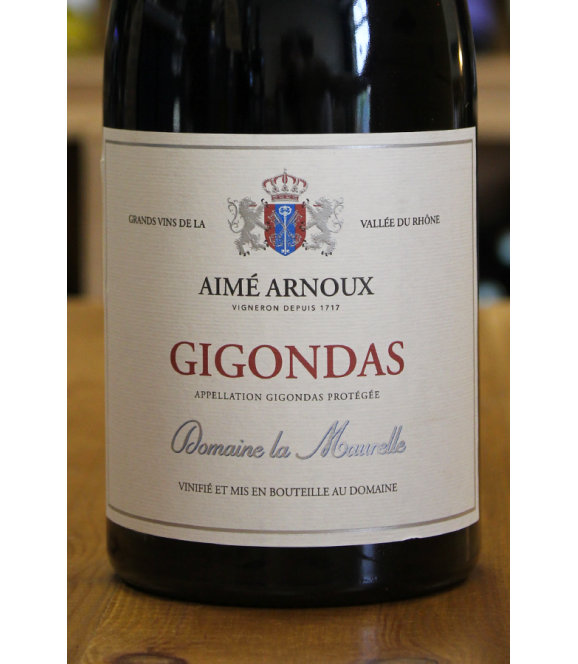For the wine snob: The Cabernet Sauvignon vines at Paritua are planted on free draining red gravel soils. The grapes for the wine all come from the Paritua vineyard. The vines are managed with an open canopy to provide good airflow and exposure to sunlight. All the canopies are single cordon spur pruned.
For the rest of us: This Cabernet Sauvignon is a prime example of the style produced from the stony soils of Hawke’s Bay. Deep red in color, ripe aroma’s of blackberry, cocoa powder, cardamom, vanilla, and cedar notes from the oak. The palate is plush and velvety and shows dark fruits dominated by blackberry and a hint of mocha, supported by fleshy tannins. The oak influence is subtle and provides structure and a light vanilla lift to the aroma. This wine will continue to age gracefully for several years. Ideal drinking from 2020 till 2026.







